National Festivals
Dashain
This is the greatest national festival in Nepal celebrated by all Hindus and Mahayana Buddhists for 15 days starting from the new moon in October all over the country by setting up shrine of Durga, the goddess of power. The 10th day being the day of victory of Goddess Durga over the demon, Mahishasur is known as Vijaya Dashami (vijaya means victory and dashami means 10 th day. On this occasion, the youngers have Tika and Jamara from the elders and the elders wish them good luck and prosperity in the future. On the following full moon after Vijaya Dashami a local fair is held at Phewa Lake for a couple of days. The government offices remain closed for 7 to 10 days except the emergency services.
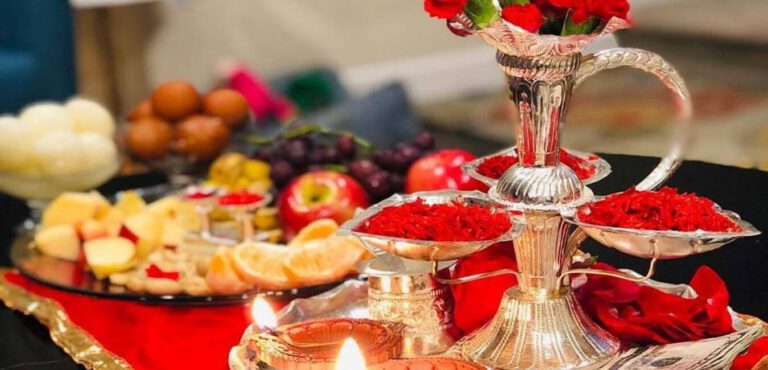
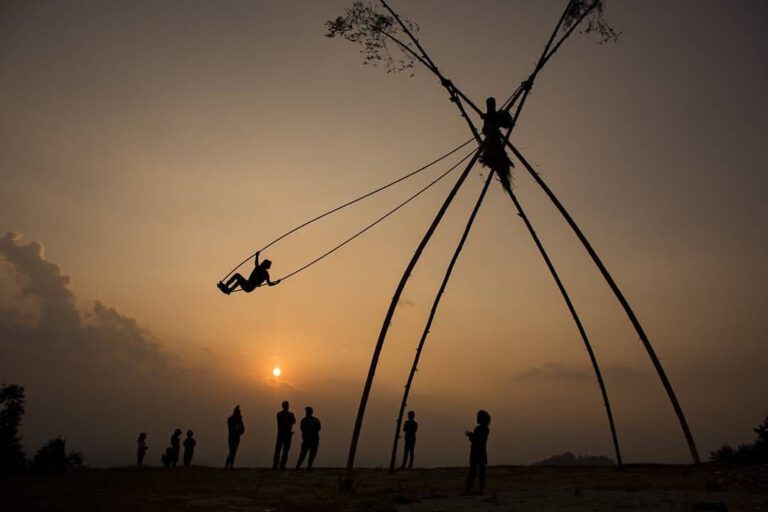
Tihar (Deepawali)
This is the festival of lights also known as Yama Panchaka celebrated all over Nepal. It is celebrated for 5 days worshiping the goddess of wealth and prosperity called Laxmi. It is a holy ritual in which faithful animals, like crows, dogs, cows and oxen are worshipped on the first four days. The main day of this festival is Bhai Tika, the fifth day when brothers are worshiped by the sisters for their long life and the sisters are blessed by the brothers, for their good health, happiness, protection and prosperity. This is also an important festival celebrated nearly a month after Dashain. The festival is colorful and musical with lots of fun.
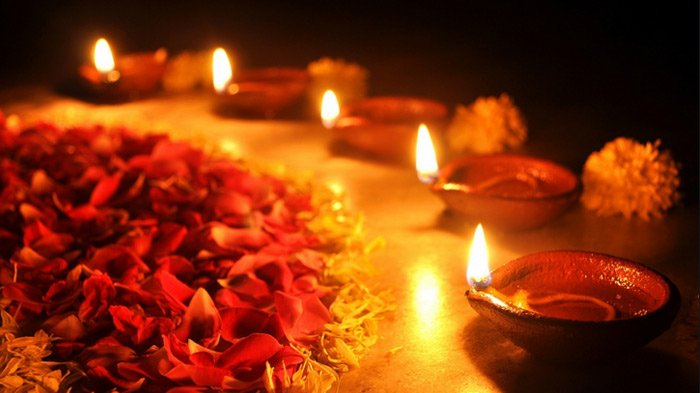
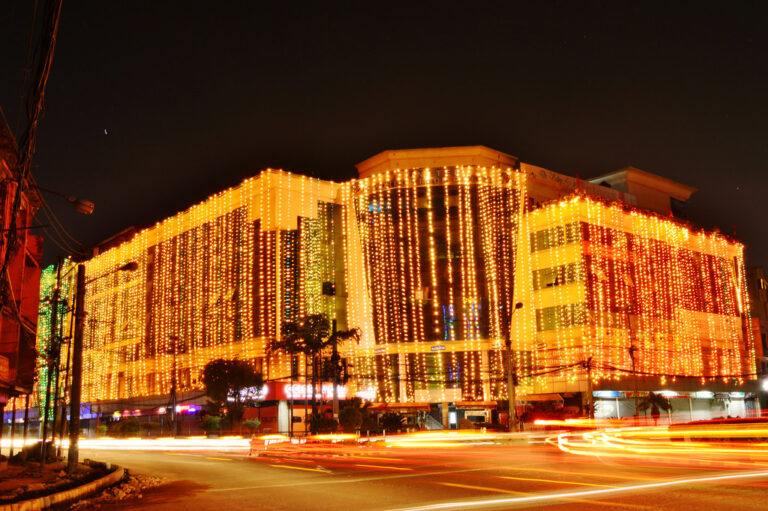
Twohte
It is supposed to be the act of chasing the ghost or unseen enemies. It is celebrated as a festival during the month of September and March. It is a very colorful cultural festival of Gurung community. People assemble with their traditional dresses, fake weapons and equipments, and make the procession through the major parts of Pokhara city.
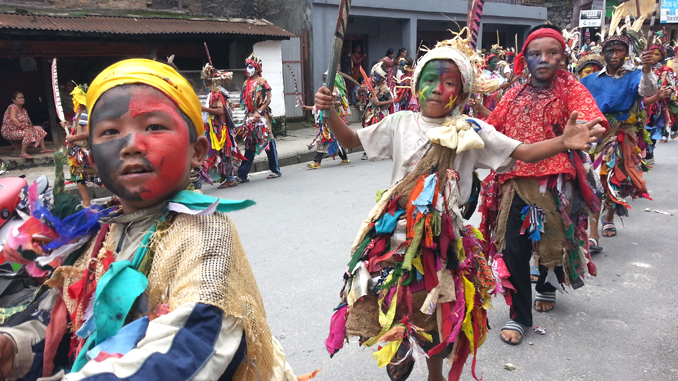
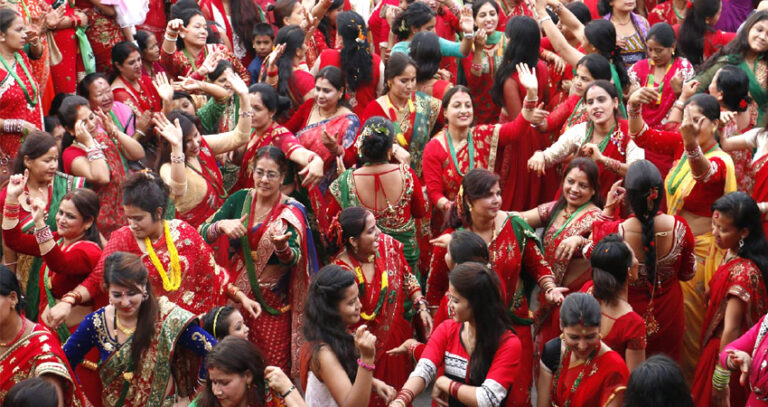
Teej
This is the great festival of women which generally falls in September. The ladies and girls worship Lord Shiva during this festival with fasting with a view to ensure a long and healthy life for their husband and family members. They rejoice themselves dancing and singing wearing red costumes and remains in fasting for more than 24 hours.
Gai Jatra
This is a weeklong cultural performance which begins from the next day of Rakshya Bandhana at the end of August. On the first day several teams of dancers consisting of at least 3 nymphs and 1 clown are presented in the dancing all along where they go. One of the members in a team is in the shape of a cow. It is performed usually in Newar community for the departed souls.
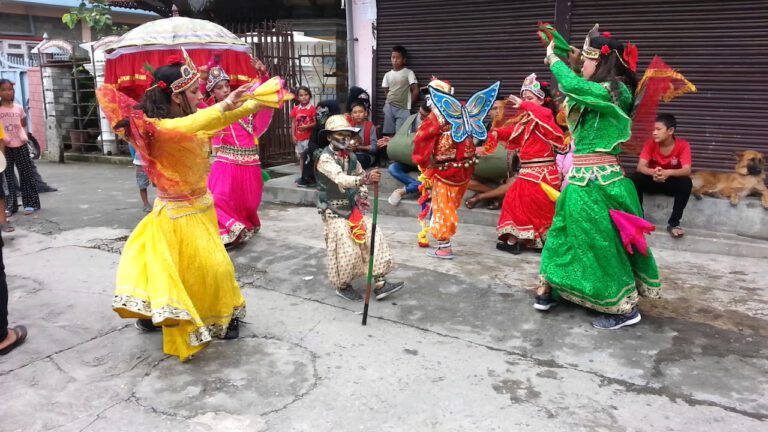
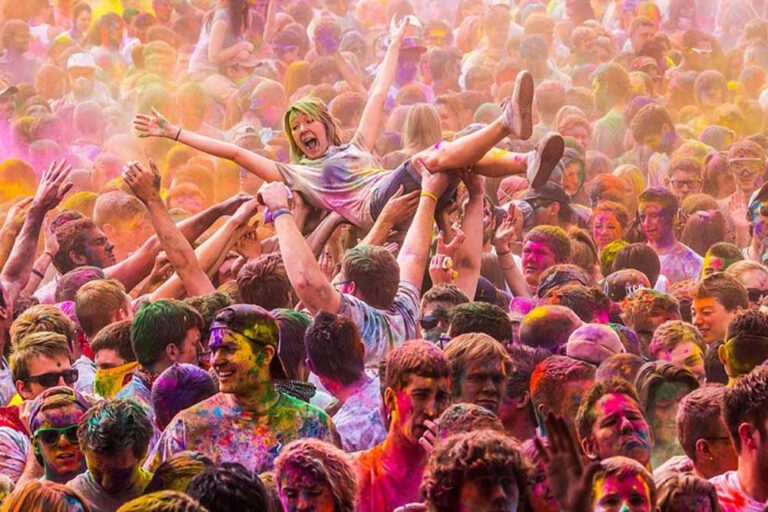
Holi
It is also known as the Festival of Colors which is commonly celebrated by all on the full moon of March. On this day, people are smeared with the several colors and some are even drenched in coloured water. On the other hand, the ethnic Thakali people celebrate this festival playing archery game on this occasion.
Bhairav Dance
The Bhairav dance is one of the specialties of Pokhara. It is a group mask dance consisting of 12 dancers as gods and goddesses. It depicts a religious story of the interrelation between gods and goddesses which is displayed throughout the night in the month of December and January once in the 6 years’ interval.
Bhairav means a vigorous and dangerous form or incarnation of the Lord Shiva. This dance is believed to be performed to safeguard the community from unforeseen natural hazards.
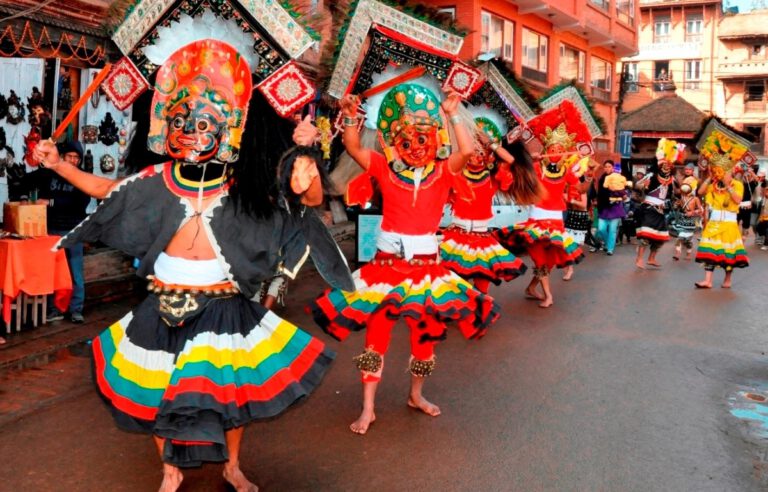
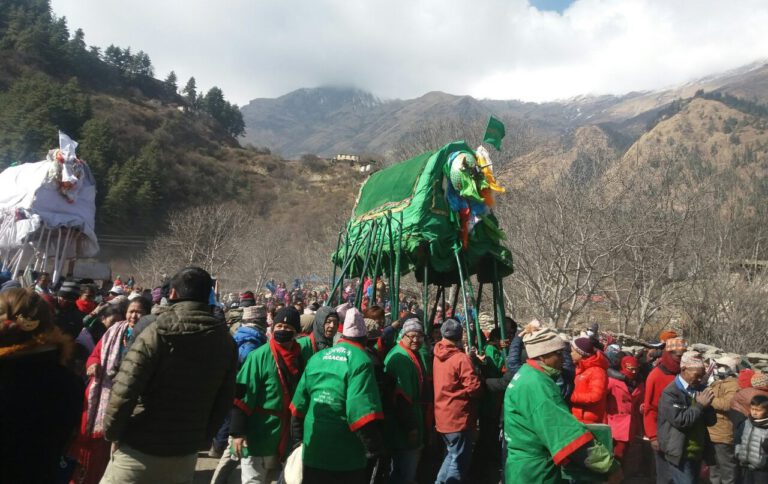
La Phewa
This festival is performed in every 12 years by the ethnic Thakali community at Khobang and Marpha. The next performance is in November–December, 2016.